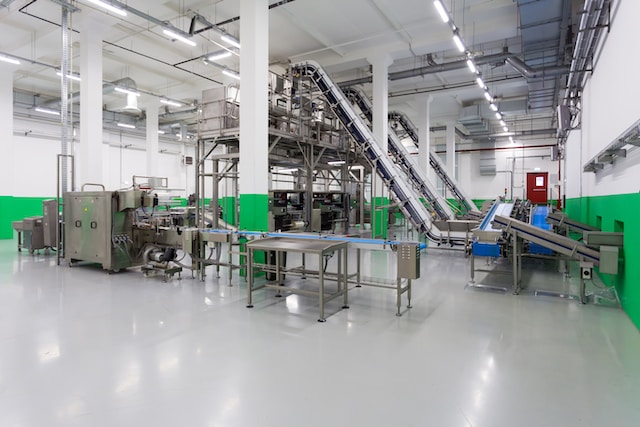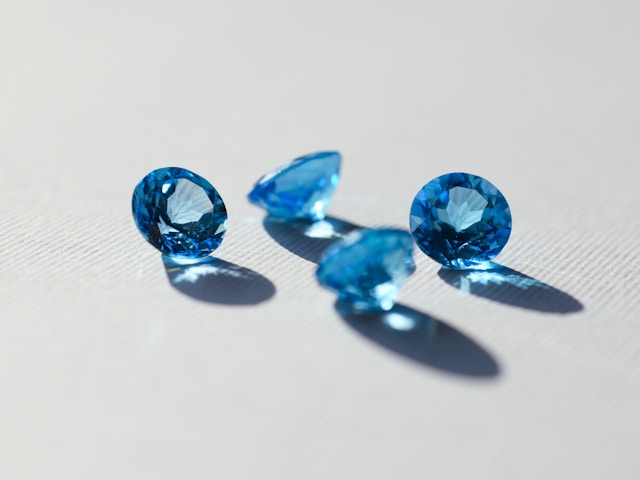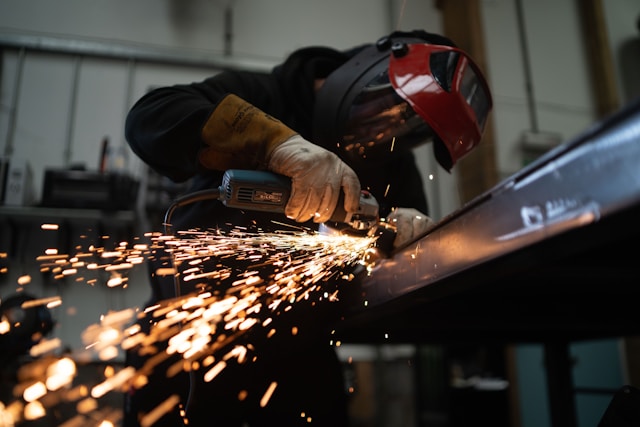Injection molding is an efficient manufacturing process that can produce high-quality products with tight tolerances. However, the process requires a combination of several factors to optimize production.
Tight tolerances must be met through effective heating, cooling, and mold packing. Optimizing these factors using soft computing methods can reduce cycle time and improve product quality.
Wall Thickness
Injection mold wall thickness plays an important role in production efficiency. A uniform plastic wall thickness reduces material usage, speeds up cycle times and minimizes defects such as sink marks, warping, and short shots.
However, a plastic wall that is too thin leads to problems during the injection molding process, such as bubbles, depressions, and unbalanced filling. This can also lengthen the molding time and increase the cost of materials.
The ideal injection mold wall thickness depends on the type of resin used in the part, with different varieties having different recommended thicknesses. Resources have injection molding guides that can help designers find the right wall thickness for their projects based on the specific characteristics of each resin.
Uniform plastic wall thickness is essential to injection molding success because it ensures that the entire part cools evenly. When a part is not constant, the thinner sections will cool and shrink before the thicker areas, which causes stress concentration near the transition point, leading to warping.
Draft Angles
Draft angles are a vital component of injection molding design, making it easier for the finished product to be ejected from the mold. The more complex the geometries and intricate features of a part, the higher the draft angle required to ensure smooth and complete ejection.
The draft angle is usually calculated as a degree (or, in rare cases, millimeter or inch) measurement from the vertical axis of a part. It helps account for thermoplastic shrinkage during production. Ensuring that the finished product can slip easily out of the mold when the two halves separate during demolding is crucial, minimizing surface damage and deformation.
Injection-molded parts with textured surfaces also require draft angles to account for surface roughness and prevent the texture from scraping off during ejection. Generally, a higher draft angle is needed for rough textures than for smooth surfaces. Considering these considerations when designing a plastic injection part can help reduce production costs while maintaining quality and aesthetics.
Parting Lines
The parting line is one of the most important features of any injection mold. This line separates the cavity and core halves of the plastic injection molds, causing the two parts to seal when molded. The location of the parting line significantly impacts how the halves of the plastic injection mold fit together, as well as visual quality expectations and the cost to produce the mold.
While a parting line may seem like an insignificant element of a mold, it can cause problems in production. This is because a misalignment in the parting line can lead to uneven wall thicknesses and voids in the finished injection molded product.
Several types of parting lines exist, such as straight, beveled and curved. The kind of parting line you choose depends on the size and complexity of your project. Straight parting lines are more common because they are simpler to machine, but beveled and curved parting lines can help reduce flash formation by decreasing the amount of material cut away from the edges of the plastic.
Material Usage
Injection molding is an extremely versatile process that can produce items to meet various specifications. Whether it’s a requirement for rigidity or flexibility, UV stability, heat, chemical, or impact resistance, flame retardancy, and so forth. Plastic injection molded products are everywhere daily, from food and drink containers to toothbrushes and plant pots.
One of the key factors contributing to this versatility is the wide range of materials available. Manufacturers choose the best material for each application and design, balancing properties like tensile strength and elasticity against cost and other specific requirements.
Some of these requirements can be met by using a technique known as over-molding, which allows designers to integrate two different materials into a single component. A great example is a cordless drill or game controller with an injection molded hard shell over a soft rubberized grip. With advances in technology and equipment, this process can be scaled down to the micro-scale to create parts with microscopic detail.




